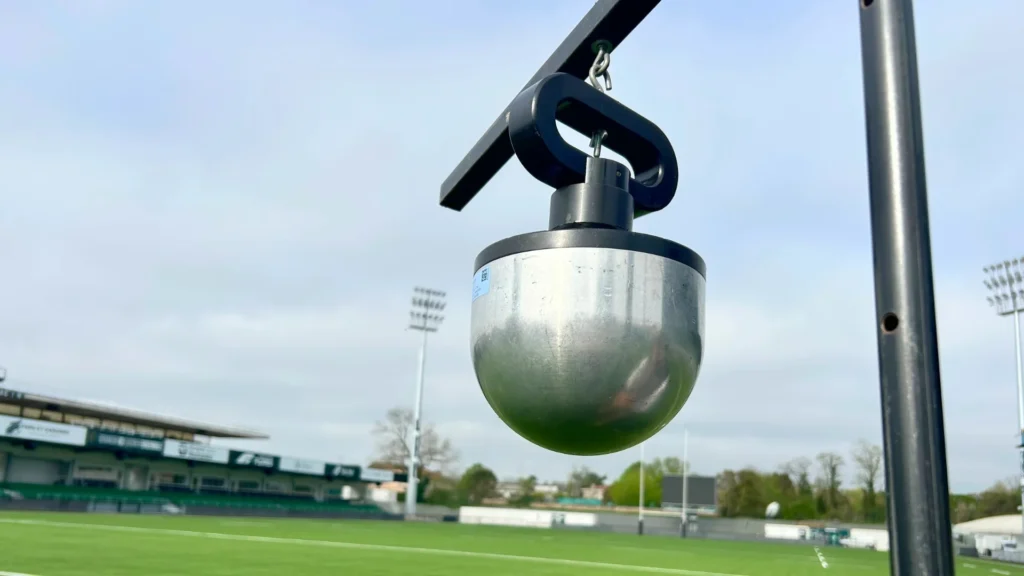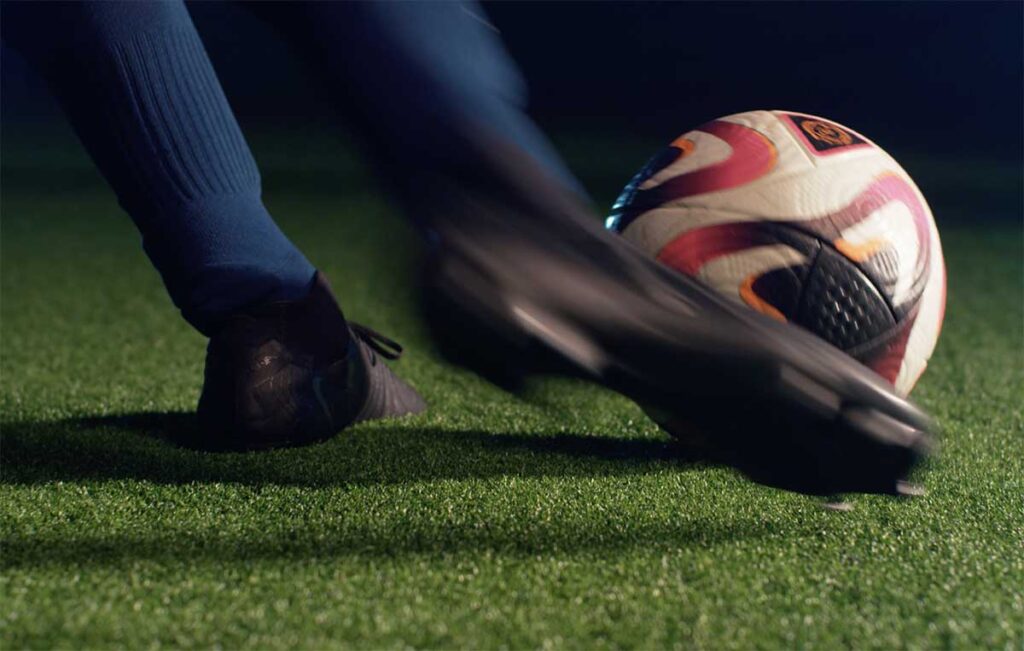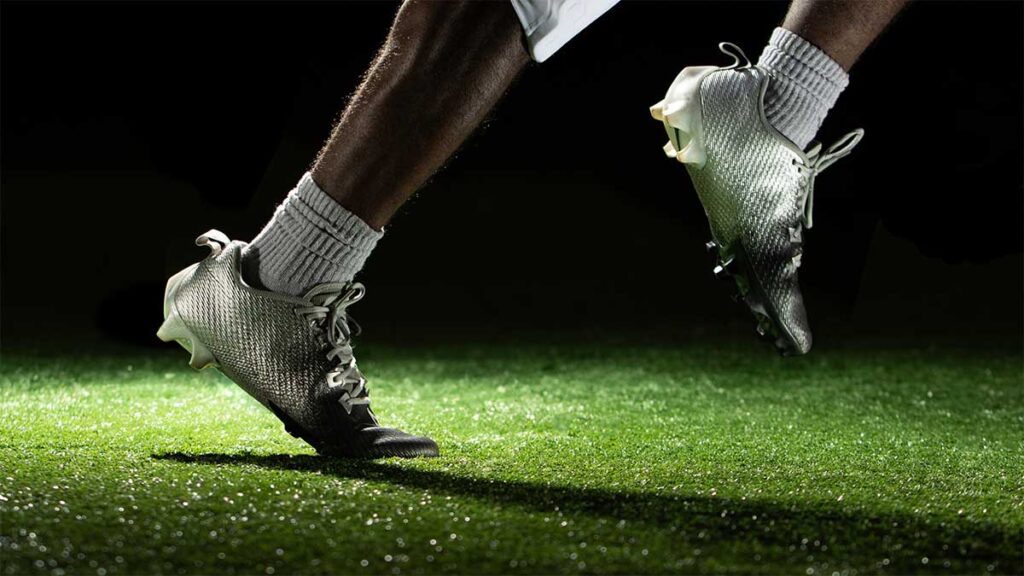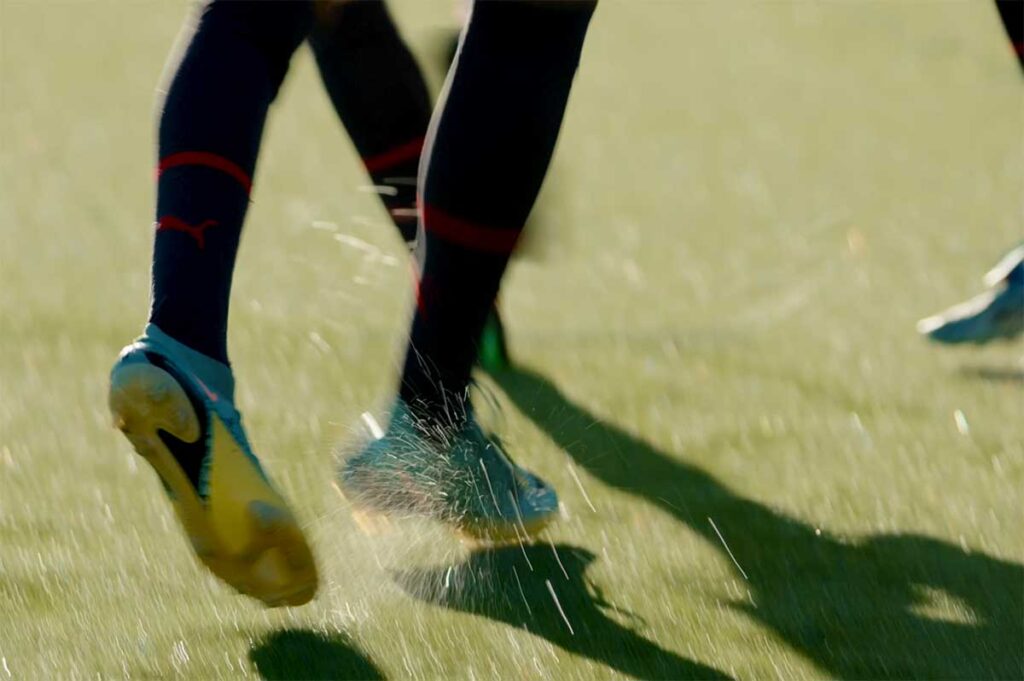I’m often asked how turf handles water. A surprising number of people still believe turf is impervious to water.
This is simply not true
Turf is engineered to drain water rapidly, often far exceeding the performance of natural grass or typical backyard surfaces. Most turf systems drain at tested and certified rates of hundreds of inches (thousands of mm) per hour.
🔍 Key Facts:
1. Exceptional Drainage Rates
Turf systems have certified porosity rates of > 300 inches/hour (≈8,000 mm) and some specially designed products can measure rates over 900 inches/hour (≈23,000 mm) with optimized system design.
2. Natural Grass Limitations
While grass may start porous, it faces serious challenges:
- After rain, grass becomes waterlogged, with puddles that make it unplayable for hours or days
- Once saturated, grass struggles to drain further water, leading to surface rainwater runoff and increased compaction risks
- In hot, dry periods, soil under grass loses porosity, dramatically reducing drainage capacity (capping of water flow)
- With a skilled, expert groundskeeping team these limitations can be offset. These experts are amazingly knowledgeable and skilled but in additional to these skills they also need high budgets to keep their grass working well which unfortunately is not viable for many facilities rendering the field unplayable.
3. Base Design Matters
Turf systems use engineered base layers and permeable backing to:
- Rapidly flow water through the surface
- Integrate storage for attenuation and flow control
- Support compliance with SUDS (Sustainable Urban Drainage Systems)
- If the turf is laid onto a solid impervious base, it will not perform so always follow correct sub-base design
📽️ See how Turf Drains: (see video)
In a simulated 100-year storm events this turf systems drained instantly with no surface water and no downtime.
💡 Insight for planners, developers, and municipalities:
- Don’t dismiss turf. With the right sub-base, it offers unmatched water management, playability in all weather, and year-round usability. This has been proven time and time again for a wide range of sport and outdoor living applications.
- Not only does turf not need water it can collect rainwater, attenuate and store it for later use which can support nearby infrastructure that may need water, including natural grass fields when they are too dry.




